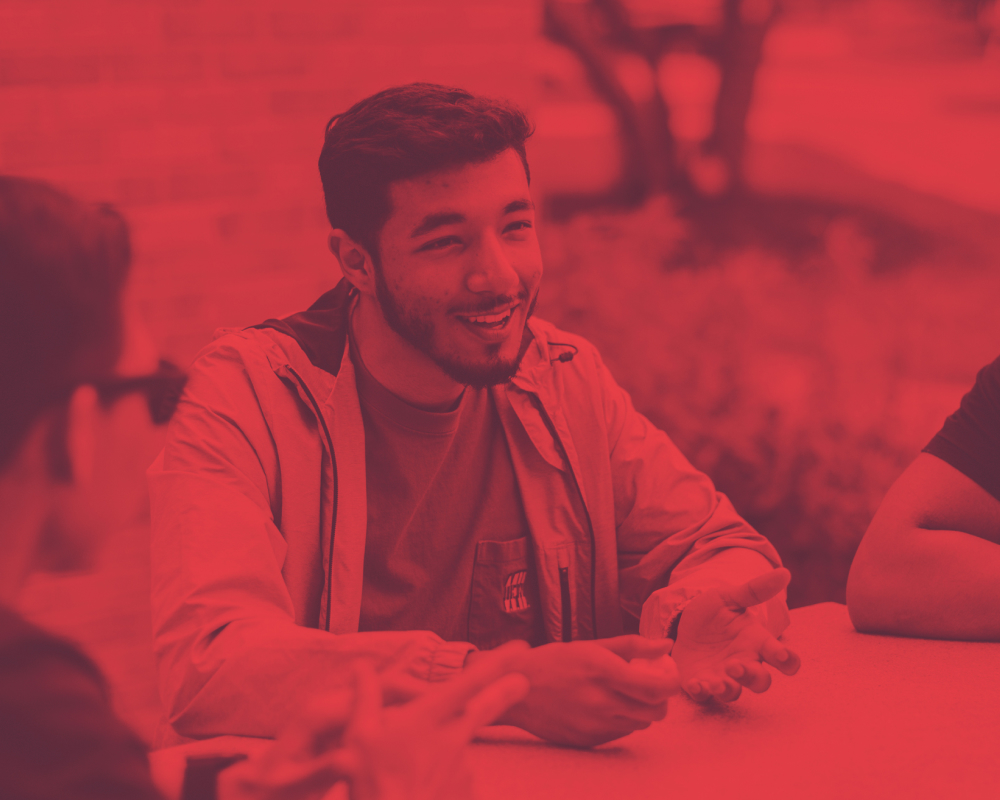The project is part of the g-2 experiment at Fermilab National Laboratory in Batavia, Ill. Researchers there inject particles called muons into a magnetic storage ring. Detectors track the paths of positrons resulting from the muon decays. Measuring that path with precision requires knowing the strength of the magnetic field where the positrons travel and that has not yet been measured. That’s where North Central students came in.
Bloom and his students conceived of an instrument that could measure magnetic strength at different points in the detector. Harwath designed the device to move in two dimensions and house probes to take measurements. Students then built the device, using 3D printing to construct some of its pieces, and designed electronics and computer programs to record and interpret data.
The instrument is unique and fulfills a vital purpose in the g-2 experiment, enabling a level of precision not previously possible. It is work worthy of accomplished professional scientists.
“Somebody had to do it,” Bloom said. “If we didn’t do it, there would be nobody else to take care of it. For the students it’s not just about just participating in research. They’re really getting their hands dirty.”
Studying science typically doesn’t include creating new measuring tools like this one. The project displays the importance of new programs like engineering in expanding the possibilities of a North Central education.
“I feel more comfortable about taking on instrumentation projects now than I ever have before,” said Bloom. “Having Frank here meant I could really go after this project with an experienced engineer. The best work happens when physicists, engineers and technicians collaborate and listen to each other.”
Research is an important component of a liberal arts education, and usually carries the benefit of academic credit. It takes a particular devotion to forego that benefit in the pursuit of a valued subject.
Allyson Hahn ’20, a mathematics major, approached Associate Professor of Mathematics Neil Nicholson about devising a project that would tackle an engaging problem.
“It’s original collaborative research and we are co-researchers; we’re working as equals in the process rather than as a supervisor and a subordinate.”



